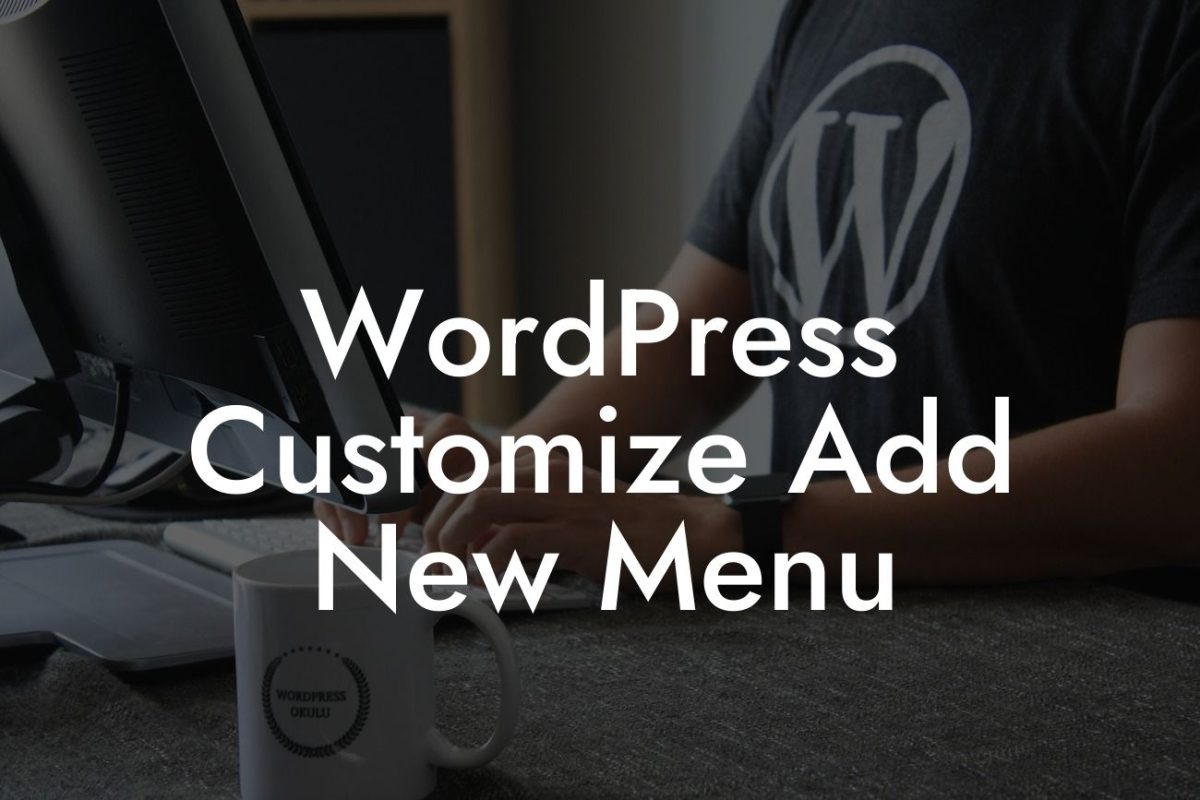Why settle for generic titles on your WordPress category pages when you can customize them to enhance your online presence? Category pages are essential for organizing and displaying your website content, and by optimizing their titles, you can improve your SEO, user experience, and overall brand image. In this article, we'll show you how to easily customize the titles on your WordPress category pages, helping you take your website to the next level. Let's dive in!
Category pages play a crucial role in organizing your website's content. They are automatically generated when you assign posts to specific categories, making it easier for your audience to navigate through related content. However, by default, WordPress assigns generic titles to these pages, such as "Category: [category name]." This generic title not only lacks creativity but also fails to optimize your website for search engines.
To create unique and SEO-friendly titles for your category pages, follow these steps:
1. Install and activate a WordPress SEO plugin: Start by installing a reliable SEO plugin, such as Yoast SEO or RankMath. These plugins offer advanced features to help you optimize your website for search engines, including the ability to customize category page titles.
2. Access the SEO plugin settings: Once the plugin is activated, navigate to its settings page. Look for a section specifically dedicated to category pages.
Looking For a Custom QuickBook Integration?
3. Enable category page title customization: Within the SEO plugin settings, you should find an option to enable category page title customization. This feature may vary slightly depending on the SEO plugin you're using. Once enabled, you'll be able to modify the default category page titles.
4. Craft unique titles for each category page: Now, it's time to get creative! Write compelling and keyword-rich titles that accurately represent the content of each category page. Ensure that these titles are concise, descriptive, and relevant to the category's content. Remember, your titles should entice both search engines and users.
5. Utilize H2 and H3 headings: When customizing the titles on your category pages, take advantage of heading tags (H2 and H3). These tags not only improve the readability and structure of your page but also convey to search engines the importance of the title. Make sure to incorporate relevant keywords wisely.
Category Page Wordpress Customize Titles Example:
Let's say you own an online fashion store, and one of your categories is "Dresses." Instead of settling for the default title "Category: Dresses," you can enhance it to something more enticing like "Stunning Dresses for Any Occasion - YourFashionStore."
Congratulations! You've now learned how to customize the titles on your WordPress category pages. By implementing unique and SEO-friendly titles, you can significantly improve your website's visibility, user experience, and brand image. Don't stop here – explore other guides on DamnWoo that can help you unlock the full potential of your website. And, if you're ready to take things to the next level, why not try one of our awesome WordPress plugins designed exclusively for small businesses and entrepreneurs? Elevate your online presence and supercharge your success with DamnWoo! Remember to share this article with others who can benefit from it. Stay tuned for more valuable content!













